One would ask why the name "Sociable Weaver" for a bird. It’s because they have a character that is compassionate and social.
They are self-made engineers, building the biggest bird nests that house various birds for years.These nests are a form of legacy, as they become a home for many generations.
They rarely breed before the age of two, hence the young birds are able to take care of their siblings as well as other chicks within their apartment block. Simultaneously, they maintain the interior and exterior of the nests. This allows for more eyes on predators that prey on chicks and eggs, while older birds leave at sunrise in search for food, and only return at sunset.
Surely we can learn how to be great people and neighbours from these birds. They teach one the essence of living in community, despite differences.
Sociable Weavers or Philetairus socius, live in the savannah, arid dry woodland and mopane woodland. They are dull brown in colour, pale under parts and cheeks, faces with black masks, blue/grey bill, legs and feet. Weighing 26-30 grams and 14 centimetres in size. Constantly in motion, chirping and skittering along the ground for food such as insects, seeds and extract water from their food. Breeding takes place anytime of the year and lay two to six eggs that are incubated for 14 days.
Large sticks (placed at an angle and pointing downwards) and grass (placed into the structure until firm), are used to build the nests. The sharp grass is used in such a way to protect from predators. Underneath the tree, grass is removed to improve safety from predators and fires. They can be built on electrical posts, telephone poles, quiver trees and acacia trees that are strong enough to hold them. It can have close to a 100 entrances and is used throughout the year.
Electrical and telephone companies have struggled with the nests’ weight, because they become heavier when soaked during the rainy seasons and weigh the poles down.
Some trees die as nests can cover it entirely. Smooth barks, posts and poles are used to avoid predators from making their way into the nests. Predators vary from rats, cape cobras, genets, black mambas and other predatory birds. Thus, it is important to be attentive when standing close to one.
It has a similar look to a haystack and can weigh up to a ton and provides housing for at least 500 birds. The inside is lined with soft material such as feathers, fluff, wool and hair.
Other birds such as pygmy falcons, barbets, finches, chats, tits and lovebirds, roost within the nests.The larger birds such as owls, vultures and eagles use the nest as a stand and build their own nests on top.
Imagine an apartment block in the City Centre of Windhoek where neighbours know and lookout for one another. This is how the birds live in the Sociable Weaver apartment block.
On the way to and within Gondwana Canyon Park, you will notice the nests, adding a quirky character to the natural surroundings in Namibia.
Have you seen a Sociable Weaver nest? Let us know by sharing your story in the comment section below.
Author – I’m Nela, from Windhoek Namibia but born in a small village called Omatunda in northern Namibia. I am passionate about writing, research and photography, as it helps me gain knowledge about people and my country.

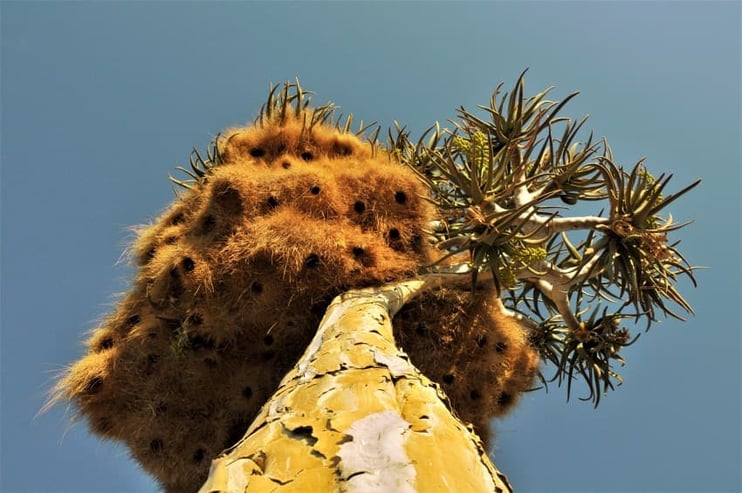
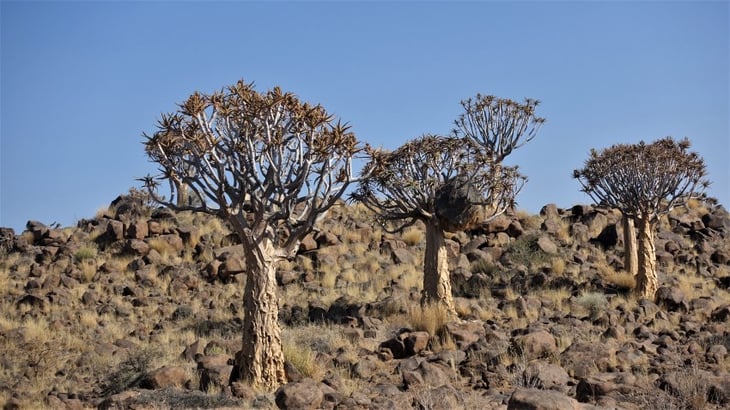
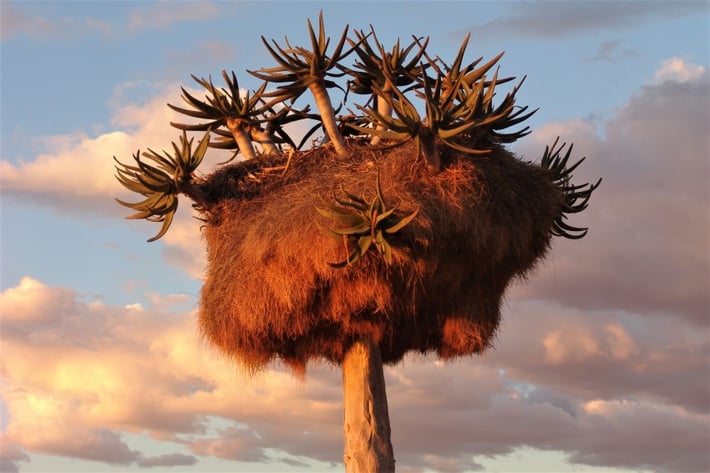
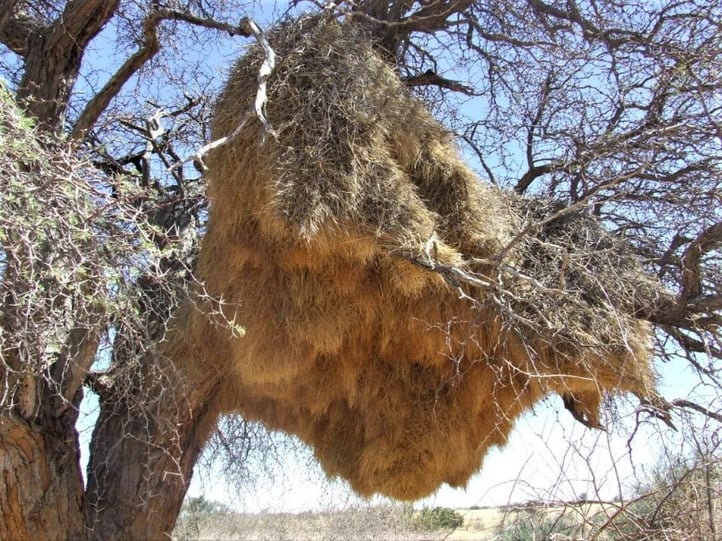
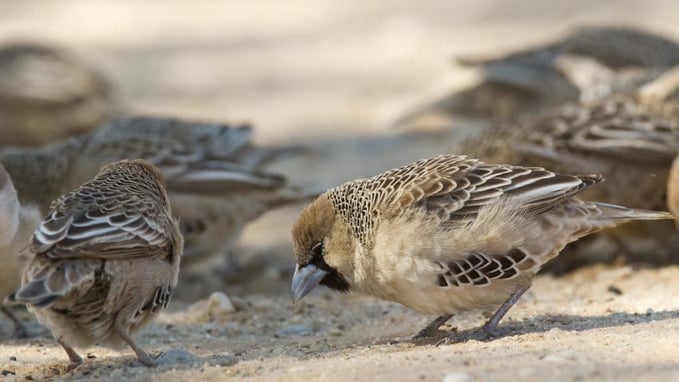
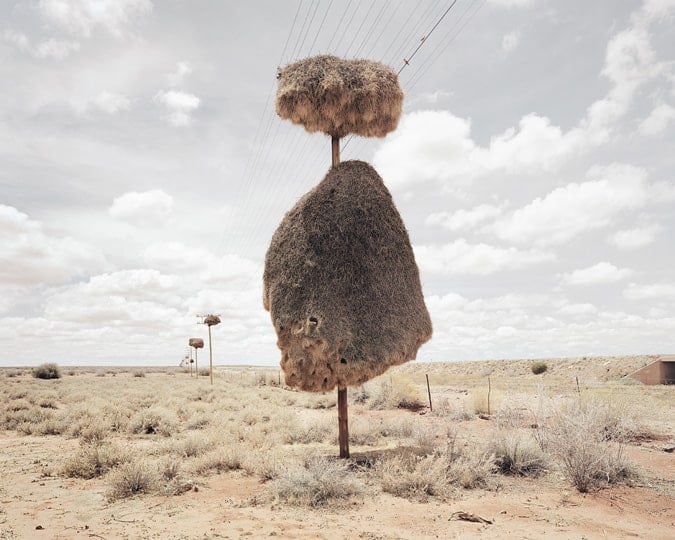
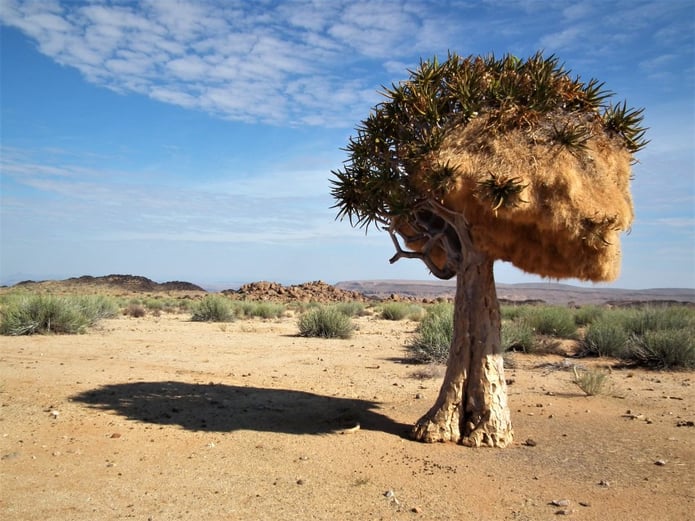
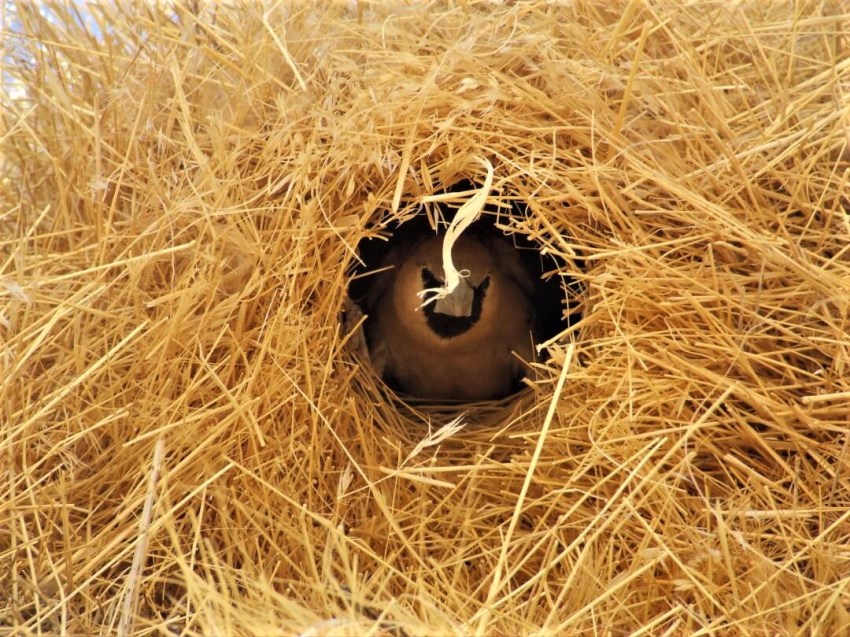

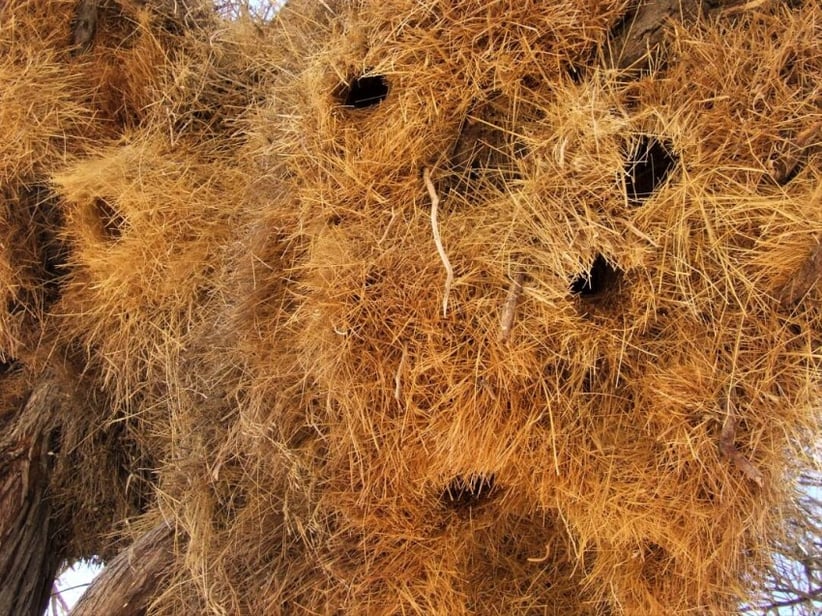
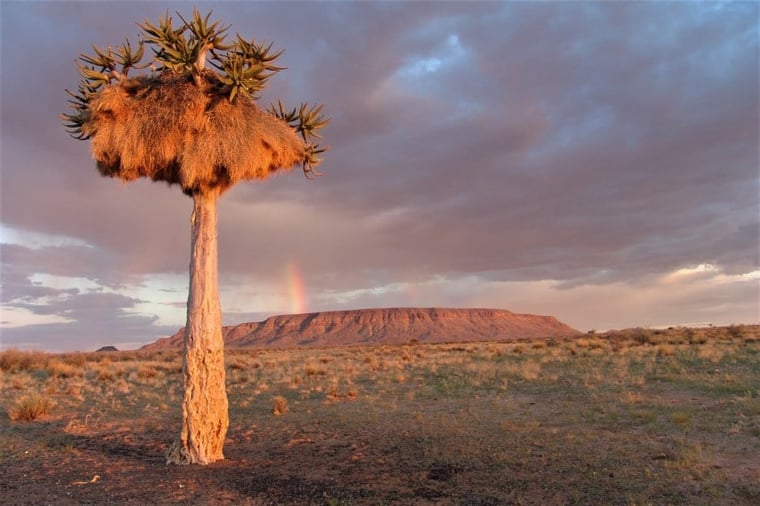

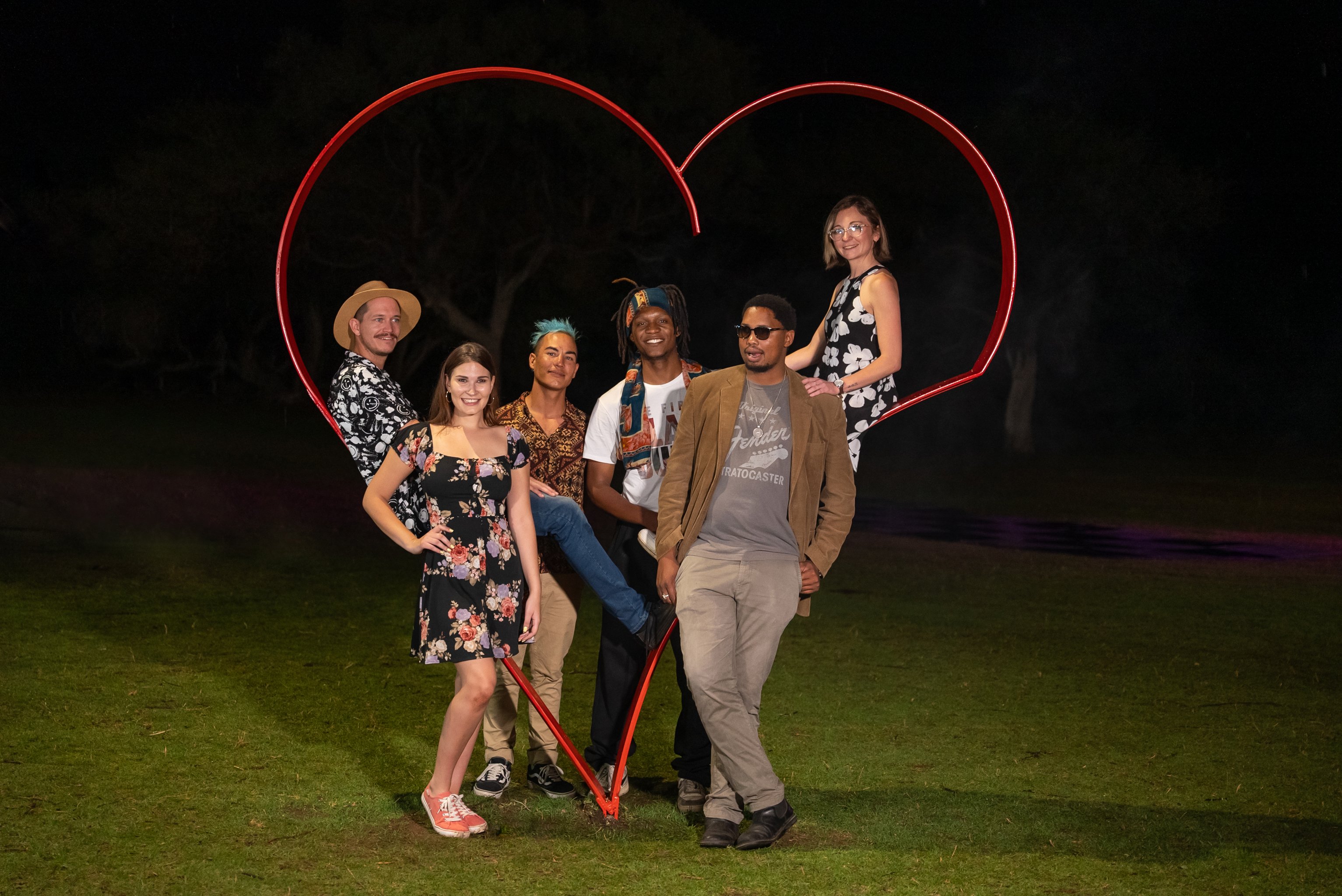
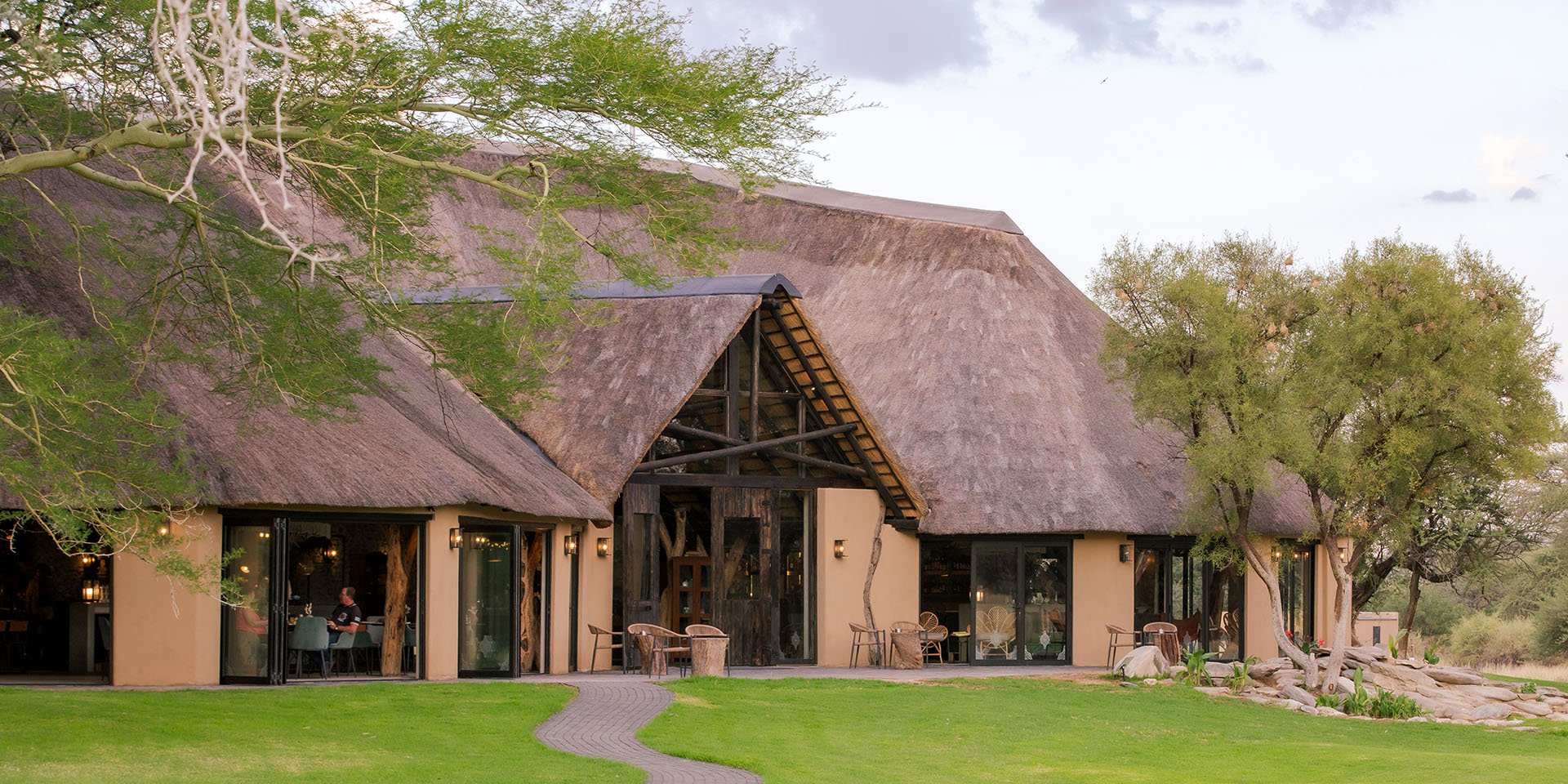
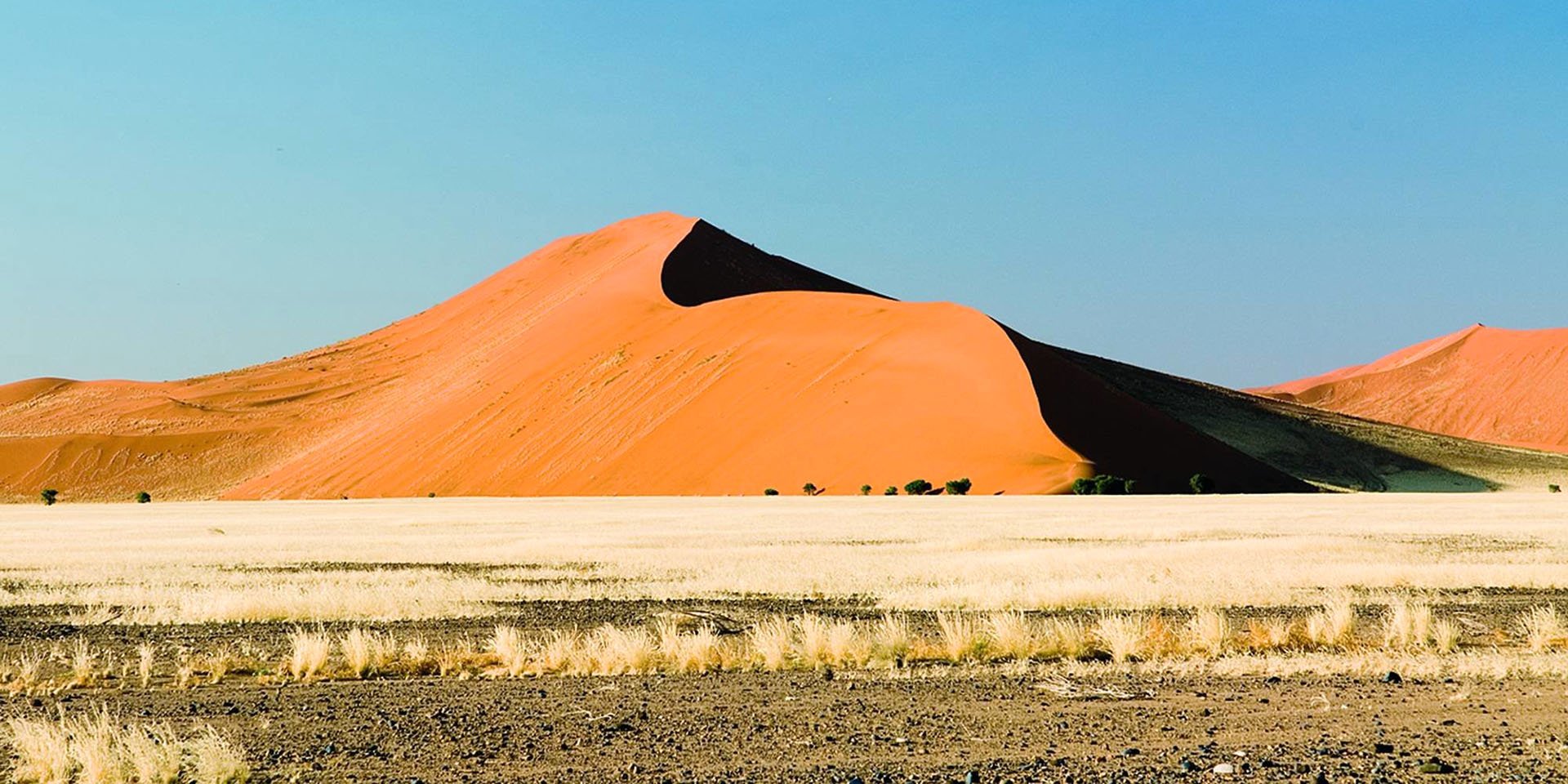

SUBMIT YOUR COMMENT